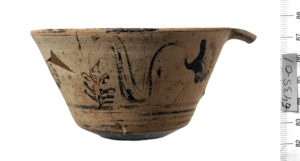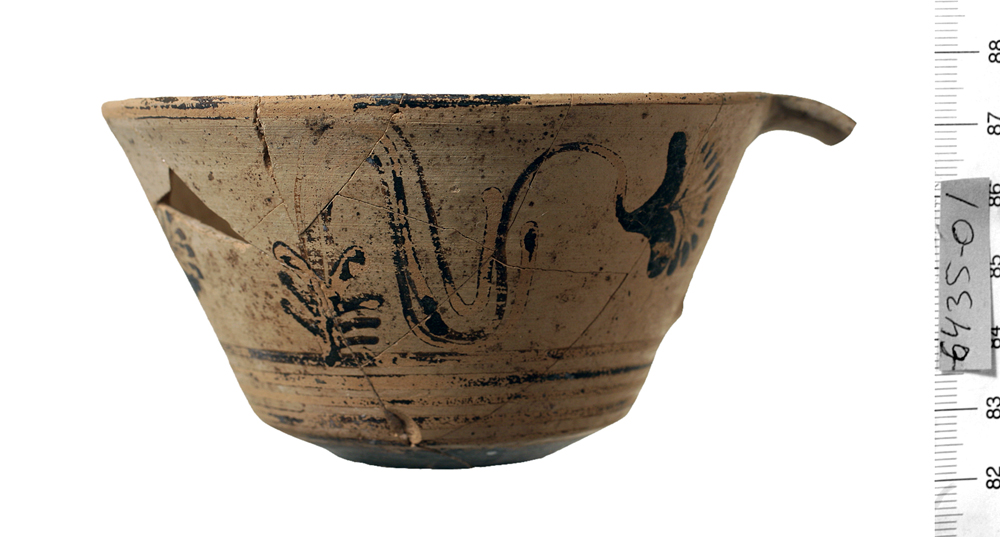Functions and Meanings of Early Aegean Pottery in the Eastern Mediterranean

The patterns of circulation and use of Aegean type pottery in the eastern Mediterranean changed significantly during the course of the 2nd millennium BCE. From the mid-14th century onwards, the eastern Mediterranean regions were flooded by mass produced pottery from Argolid workshops. The period between the 17th and the mid-14th century was characterized, in contrast, by a small number of imports, mostly Cretan and to a much lesser extent Argolid. In the project, I investigate the function and meaning of these early Aegean-type imports in the eastern Mediterranean and contrast these results with their possible functions and meanings in the contemporaneous Aegean.
So far, a better understanding of the early imports has suffered from the difficulty in distinguishing between Cretan and Greek mainland origins on the basis of single sherds in eastern Mediterranean contexts, as only a few specialists are able to sufficiently differentiate the Aegean workshops while studying relevant sherd material.
This research project focuses on Aegean type pottery of the 17th to early 14th century (Late Helladic/Late Minoan I to Late Helladic/Late Minoan IIIA1) excavated in situ on mainland Greece, Crete, Cyprus, the Levant and Egypt. The aim is to collate all meaningful contexts of this pottery, and study the vessels from a contextual point of view with regard to their functions and meanings and any transformations thereof due to their appropriation by individual actors. I will study what kind of vessels were chosen for export, if they were transformed during their itinerancy, and trace the uses of these vessels in different geographic and social contexts. This will enhance our understanding of the character and dynamics of early Aegean pottery in the eastern Mediterranean.
This research profits from the fact that I have been able to handle the Aegean-type pottery from most sites of the Southern Levant and am able to distinguish Argolid from Cretan workshops. So far, it seems that most of the early Aegean imports to the Levant were found in high-status contexts, e.g. the Schatzhaus of Kamid el-Loz, the palace of Tel Beth-Shemesh and the so-called patrician house of Tel Batash.
